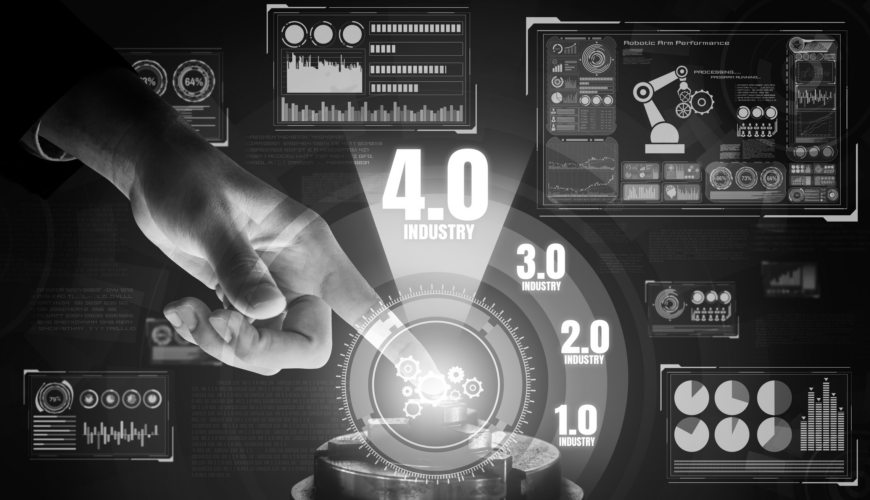Industry 4.0 represents the fourth industrial revolution, characterized by the fusion of physical and digital technologies. This revolution is marked by the integration of cyber-physical systems, the Internet of Things (IoT), cloud computing, and cognitive computing. In the context of warehouse design, Industry 4.0 aims to create smart, interconnected, and highly efficient logistics environments. Here are key aspects of Industry 4.0 in warehouse design:
Cyber-Physical Systems (CPS)
Integration of Physical and Digital Worlds: CPS involves integrating physical systems with digital networks. This allows real-time monitoring and control of warehouse operations through a combination of sensors, software, and network connectivity. An example of this is automated conveyor systems equipped with sensors to monitor the movement of goods and adjust operations dynamically based on real-time data.
Internet of Things (IoT)
Connected Devices: IoT enables the interconnection of various devices and systems within the warehouse, facilitating seamless communication and data exchange. Smart shelves with RFID tags to track inventory levels, temperature sensors in cold storage, and IoT-enabled forklifts for real-time location tracking are good examples of connected applications.
Big Data and Analytics
Data-Driven Decision Making: The vast amount of data generated by IoT devices and CPS can be analyzed to optimize warehouse operations, predict demand, and enhance supply chain visibility. Predictive Analytics use historical data to predict future trends, such as inventory needs, maintenance schedules, and customer demand patterns.
Artificial Intelligence (AI) and Machine Learning (ML)
Automation and Optimization: AI and ML algorithms can optimize warehouse processes, such as picking routes, inventory management, and order fulfillment. An example is AI-powered robots that learn and improve their picking efficiency over time, reducing errors and increasing productivity.
Cloud Computing
Scalable and Flexible IT Infrastructure: Cloud computing provides scalable and flexible IT resources, enabling real-time data processing and storage. Cloud-based platforms facilitate collaboration between different parts of the supply chain, improving coordination and efficiency.
Augmented Reality (AR)
Enhanced Human-Machine Interaction: AR technology provides warehouse workers with real-time information and guidance through wearable devices like smart glasses. AR can be used for training, picking assistance, and maintenance support.
Robotics and Automation
Automated Material Handling: Robotics and automation systems handle repetitive and labor-intensive tasks, such as picking, packing, and sorting. Examples include autonomous mobile robots (AMRs) and automated guided vehicles (AGVs) that transport goods within the warehouse.
Blockchain Technology
Transparent and Secure Transactions: Blockchain provides a secure and transparent ledger for tracking goods and transactions across the supply chain. An example of this is enhancing traceability, reducing fraud, and ensuring data integrity.
Benefits of Industry 4.0 in Warehouse Design
- Increased Efficiency: Automation and real-time data analytics streamline operations, reducing the time and effort required for various tasks.
- Improved Accuracy: Advanced technologies reduce human error, enhancing the accuracy of inventory management, order fulfillment, and data processing.
- Enhanced Flexibility: IoT and AI systems can quickly adapt to changes in demand, inventory levels, and warehouse layout, providing greater operational flexibility.
- Cost Savings: Optimized processes and predictive maintenance reduce operational costs, while automation reduces labor costs.
- Better Decision Making: Data-driven insights enable better strategic and operational decisions, improving overall warehouse performance.
Industry 4.0 is transforming warehouse design by integrating advanced digital technologies into every aspect of warehouse operations. The result is a highly efficient, flexible, and data-driven logistics environment that can quickly adapt to changing demands and improve overall performance. Implementing these technologies requires careful planning and a strategic approach to ensure seamless integration and maximum benefits.


